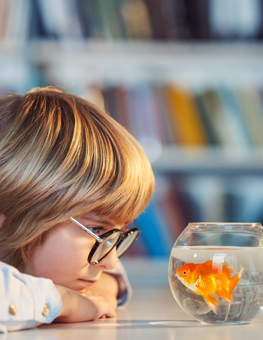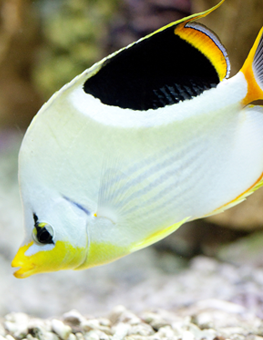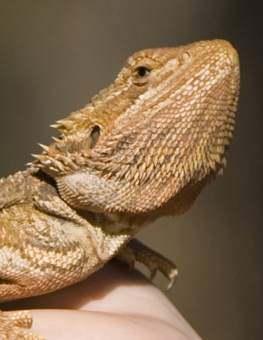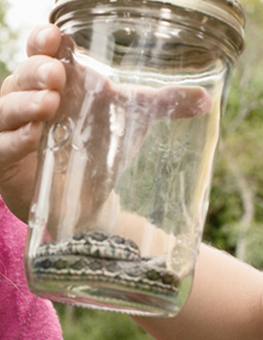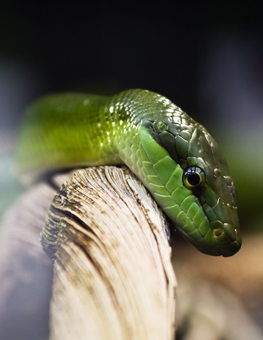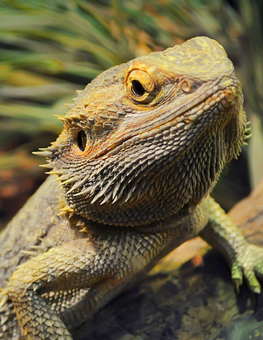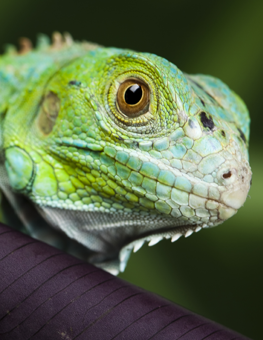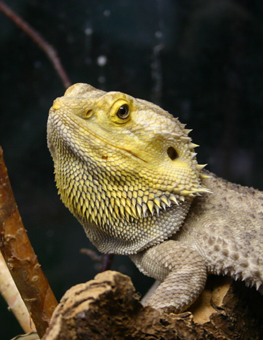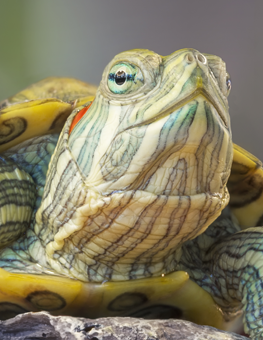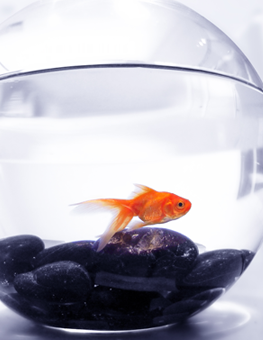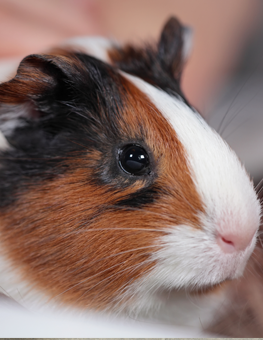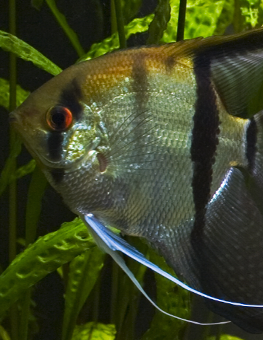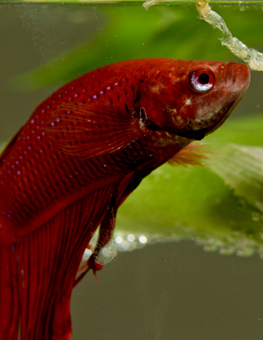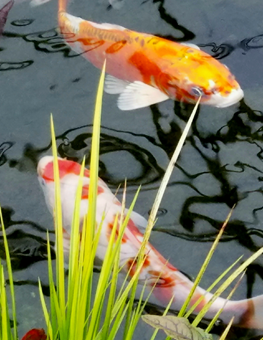Planning Your Pond
In many respects, your pond is an “outdoor aquarium.”
Creating a beautiful pond in your yard—complete with fish, a fountain, a waterfall, water lilies and other plants—is as rewarding as it is challenging.
The pond is an interactive part of an uncontrolled environment that affects and is affected by all of its natural surroundings. As an artificial construct, it cannot exist without regular maintenance. It is probably best to think of it as an outdoor aquarium. When planning your pond, you need to consider the following:
- Filtration: Although a pond is a significantly larger body of water than an aquarium, the same rules about stocking the right amount and type of fish apply. Typically, your pond will include goldfish or koi, both of which can grow quite large and are messy eaters. Robust mechanical, chemical and biological filtration is necessary.
- Live plants: Live plants are a must. Aside from their natural beauty, they will out-compete algae for nutrients and keep it in check. A pond works best when it replicates nature’s balance as closely as possible.
- Pond placement: When planning your pond, avoid placing it where direct sunlight is the rule and not the exception. Areas that are at least partially shaded by trees or other objects are a better choice, both for your fish and for controlling algae growth.
- Water changes: In areas or times of little rainfall, evaporation may become
a problem. Add water as necessary to keep water volume ideal for plants
and fish. - Water movement: Keeping pond water in gentle motion helps:
- oxygenate the water;
- leech out chemical and environmental contaminants;
- move nutrients around;
- keep pond water from completely freezing in the winter, and;
- prevent stagnation
Installing a waterfall or fountain in the pond is a beautiful way to achieve movement.
- Water temperature: Temperature control is not required. Goldfish and koi can adapt to a wide temperature range (as long as the change is gradual). They can even endure cold winters as long as their pond water only freezes at the surface.
Once it’s up and running, your pond will do much of the work itself, leaving you free to sit back and enjoy your fish. Take the right steps at the beginning and your pond will be a beautiful and healthy aquatic home.



